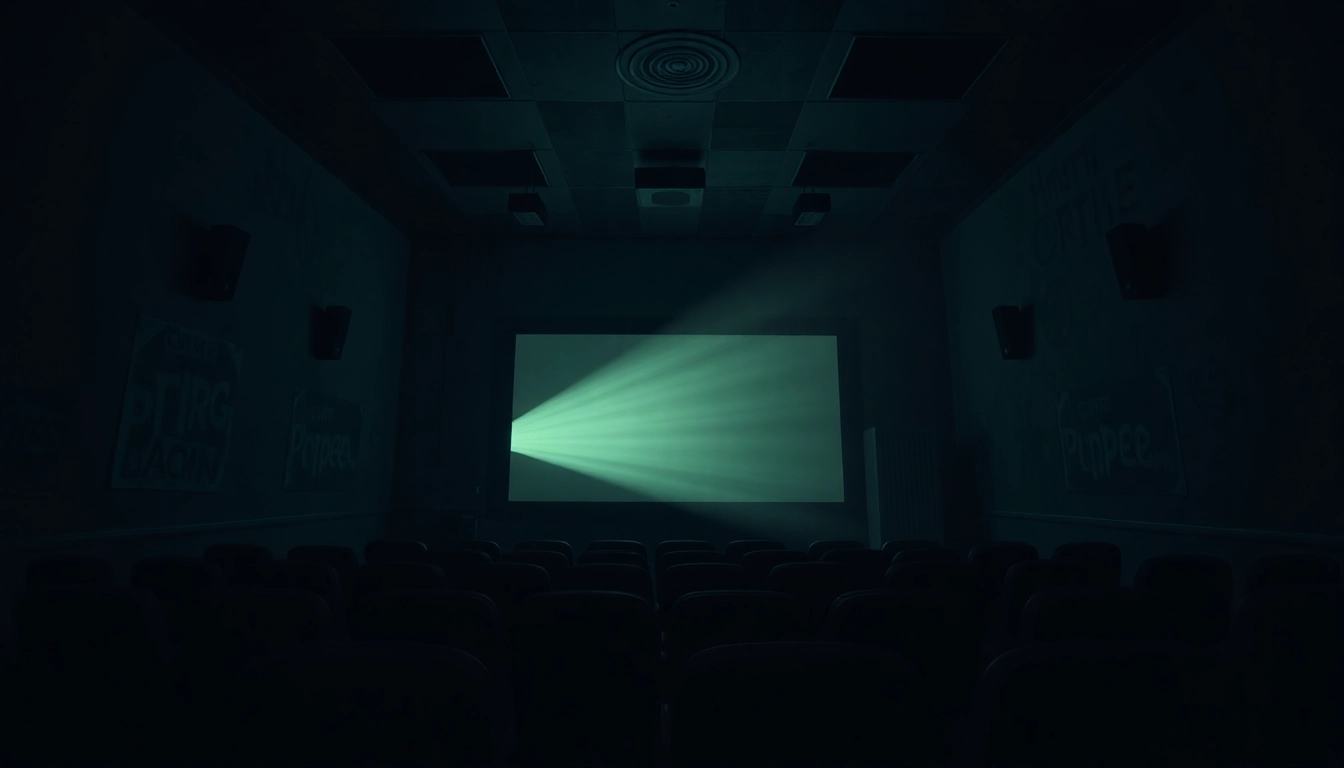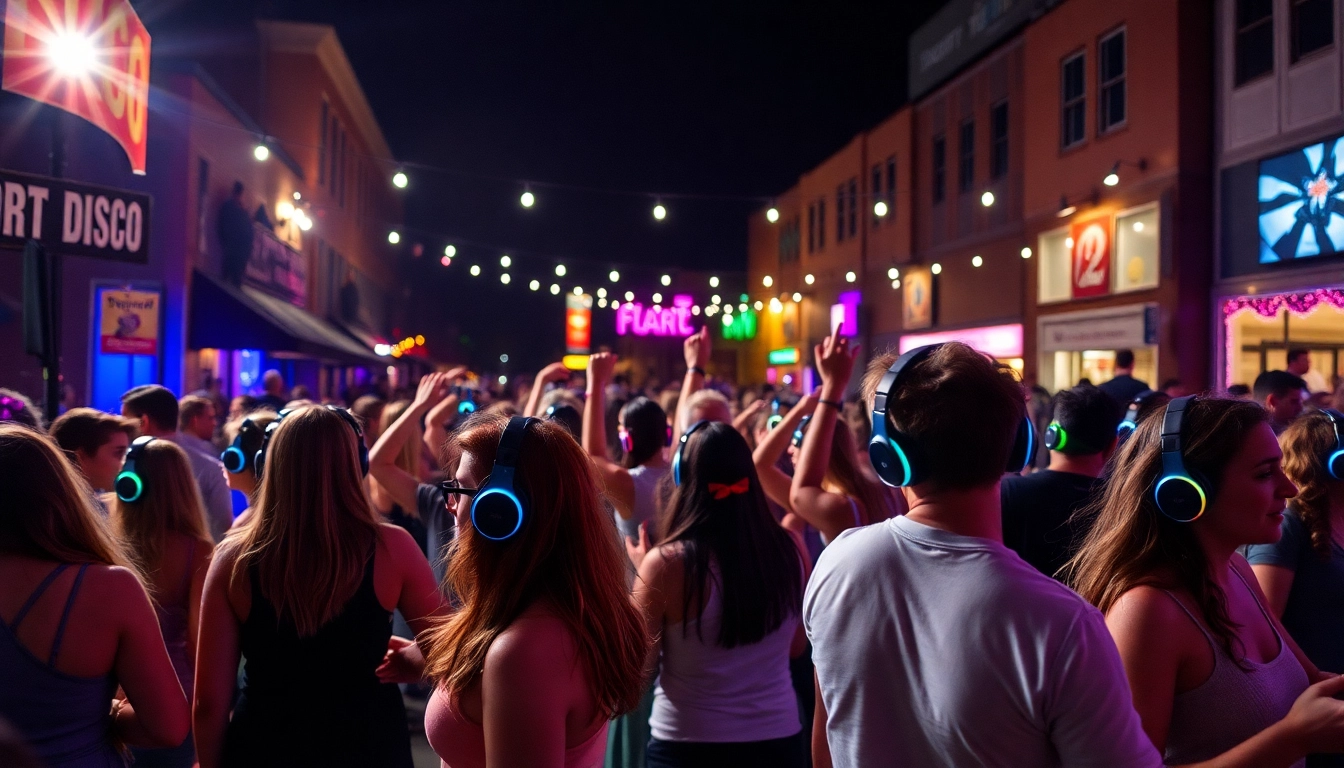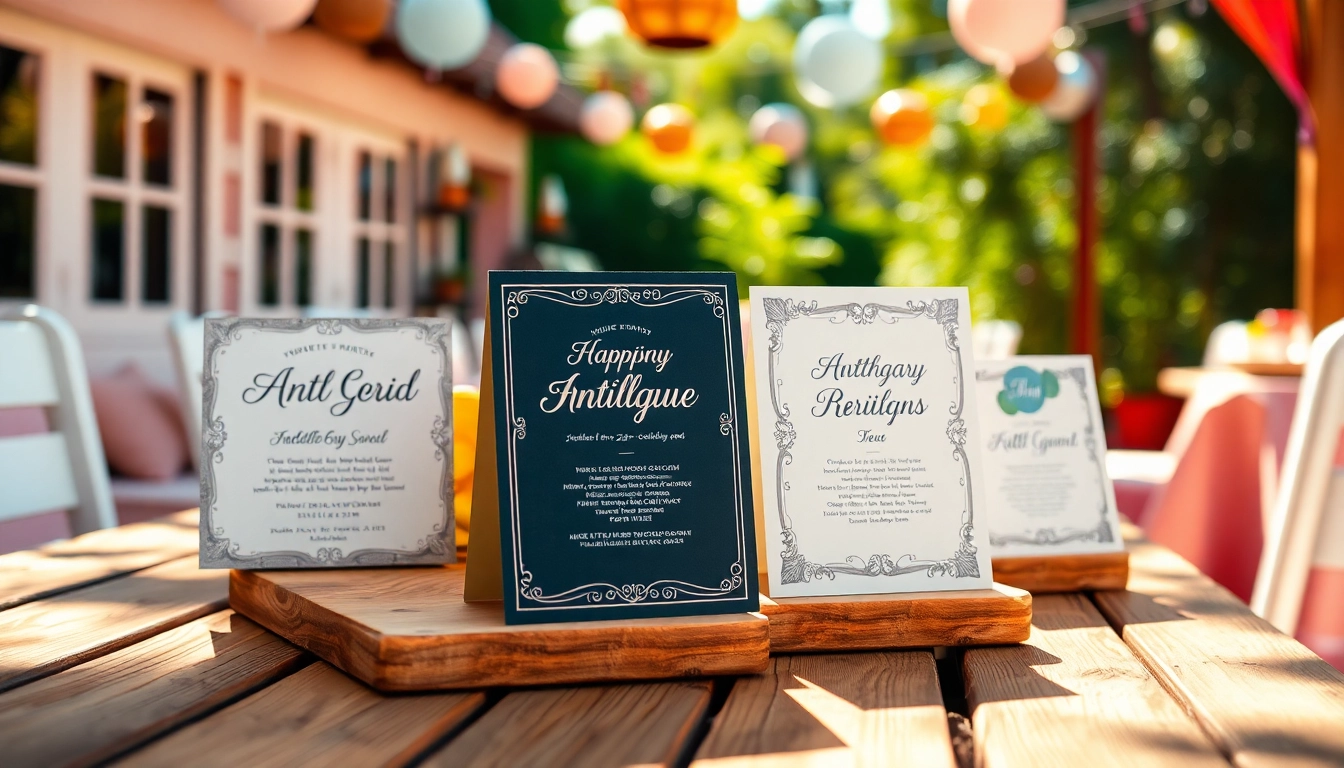The Evolution of Horror Cinema
The genre of horror film has undergone a remarkable transformation since its inception over a century ago. It has not only adapted to societal changes and technological advancements but has also reflected our collective fears and anxieties. From gothic tales of terror to modern psychological thrillers, horror cinema has continually evolved, captivating audiences around the world. To understand this evolution, one must delve deep into its historical origins, explore its major sub-genres, and analyze how technology has reshaped horror storytelling.
Historical Origins of Horror Films
The roots of horror cinema can be traced back to the early days of filmmaking. The first horror film is often cited as The Cabinet of Dr. Caligari (1920), a German expressionist film that set the tone for the eerie aesthetics that would follow. Early horror films like Nosferatu (1922) tapped into the public’s fascination with the supernatural, drawing on folklore and myth to create chilling narratives. These films relied heavily on visual storytelling and atmosphere, utilizing shadows and unconventional set designs to evoke fear.
As cinema developed throughout the 1930s and 1940s, monsters emerged as central figures in horror films, notably in Universal Pictures’ productions like Frankenstein (1931) and The Mummy (1932). This era also introduced iconic characters that became synonymous with the horror genre. The blend of science fiction with horror also started to emerge, laying the foundation for the more complex narratives that would characterize later films.
Key Sub-genres in Modern Horror
Today’s horror films can be categorized into various sub-genres, each appealing to different audience sensibilities. Some prominent sub-genres include:
- Psychological Horror: This sub-genre delves into the mental states of its characters, often blurring the lines between reality and madness. Films like Black Swan (2010) and Hereditary (2018) exemplify this perspective, focusing on internal conflicts that manifest into horror.
- Slasher Films: Originating in the 1970s with Halloween (1978), slasher films are characterized by their formulaic structure featuring a masked killer stalking unsuspecting victims. This archetype continues to generate curiosity and fear through franchises like Friday the 13th and Scream.
- Found Footage: This innovative style, showcased in films like The Blair Witch Project (1999) and Paranormal Activity (2007), presents horror through the perspective of the characters’ own cameras, enhancing authenticity and immersion in the storyline.
The Impact of Technology on Horror Storytelling
Throughout history, technology has profoundly influenced horror cinema. Advancements in special effects have allowed filmmakers to create more convincing and terrifying visuals. The transition from practical effects to CGI has enabled the depiction of previously unimaginable horrors. For instance, films like It (2017) leverage the latest technology to visualize monstrous entities in ways that resonate with contemporary fears.
Moreover, the rise of streaming services has revolutionized how audiences access horror content. With platforms like HellHorror.com, viewers can explore a vast library of horror films and series, discovering genres that may have previously remained unexplored.
Upcoming Horror Films to Watch
The excitement of the horror genre also lies in its constant evolution and the upcoming releases that promise to thrill and terrify. As we look ahead to 2025, several films are generating considerable buzz among fans and critics alike. From anticipated sequels to groundbreaking original narratives, the horror landscape is set to expand further.
Most Anticipated Films for 2025
Every year, horror enthusiasts eagerly await news about new releases, and 2025 promises to deliver some compelling titles that have already created significant buzz:
- Ghostland: A new entry into the haunted house sub-genre, promising innovative scares and psychological tension.
- Ritual: A horror film exploring ancient practices and folklore, designed to terrify through its atmospheric storytelling and historical backdrop.
- Franchise Revivals: Discussion of sequels to popular franchises like The Conjuring and A Quiet Place are underway, with expectations that these could reinvigorate audience interest.
Directors and Productions to Follow
In the realm of horror, certain directors have gained renowned status for their ability to capture audience fears innovatively. Notable directors to watch for future horror projects include:
- Jordan Peele: Following his successes with Get Out (2017) and Us (2019), Peele’s upcoming film is highly anticipated.
- Ari Aster: Known for Hereditary and Beau Is Afraid, Aster’s unique storytelling style continues to push the boundaries of horror.
- Mike Flanagan: With Netflix projects like The Haunting of Hill House, Flanagan excels in character-driven horror narratives.
Trends in Horror Film Releases
Recent trends within the horror genre have indicated a surge in popularity for themes surrounding social issues, mental health, and the supernatural. These trends reflect a broader cultural narrative and have provided filmmakers with rich material to explore:
- Social Commentary: More horror films are being released that incorporate societal themes, addressing topics like systemic injustice and personal trauma.
- Diverse Voices: There’s an increasing representation of diverse filmmakers and stories that address cultural horror, leading to a richer cinematic landscape.
- Hybrid Genres: The merger of horror with other genres (e.g., horror-comedy or sci-fi horror) continues to flourish, expanding the audience appeal.
Streaming Options for Horror Fans
As the landscape of horror cinema grows, so too do the avenues through which fans can access their favorite films. With numerous streaming platforms offering rich libraries of horror content, it has never been easier to indulge in chilling thrills from home.
Best Platforms for Horror Content
Various streaming services cater specifically to horror fans, providing a diverse selection of titles. Some of the most notable platforms include:
- Shudder: A subscription service dedicated entirely to horror films, Shudder curates a mix of classic and contemporary horror, featuring original films, documentaries, and exclusive series.
- Netflix: As home to an ever-growing library of horror films and series, Netflix has made a concerted effort to include original horror content tailored to different audience demographics.
- HBO Max: With a robust collection of classic horror films and newer releases, HBO Max often highlights significant horror franchises and standalone films in their catalog.
Free Alternatives for Streaming Horror Movies
Horror does not have to be limited by subscription fees, as numerous platforms offer free streaming options for those looking to enjoy their favorite terrifying tales without breaking the bank:
- Tubi: An ad-supported streaming service that provides a surprisingly extensive collection of free horror films, ranging from independent flicks to classic titles.
- Pluto TV: Offering live-streaming channels specifically dedicated to horror content as well as on-demand titles, Pluto TV presents a unique way to explore horror films.
- Vudu: Although primarily a rental service, Vudu has a selection of free movies available, including horror titles, making it a viable option for budget-conscious fans.
Focus on Independent Horror Films
The independent horror film scene has gained momentum in recent years, offering an array of fresh perspectives and innovative storytelling that diverges from traditional horror narratives. Independent filmmakers often tackle unconventional themes and experiment with form, delivering unique contributions to the genre.
A few notable independent horror films that have made waves in recent years are:
- Get Out: Written and directed by Jordan Peele, this film merges social commentary with thriller elements, garnering critical acclaim and commercial success.
- The Witch: This 2015 film directed by Robert Eggers uses psychological horror elements and a historical backdrop to evoke a true sense of dread.
- It Follows: A fresh take on the horror genre that explores themes of sexual anxiety in a unique, chilling narrative.
Analyzing Horror Movie Genres
The horror genre is multifaceted, housing various sub-genres each with its audience and influences. Analyzing these genres allows for a deeper understanding of the different approaches filmmakers take to evoke fear and suspense.
The Rise of Psychological Horror
Psychological horror films have increasingly captured the attention of audiences, prioritizing character development and psychological tension over traditional jump scares. This shift towards examining the human psyche allows for more nuanced storytelling and a lingering sense of dread. Films such as The Babadook (2014) and Midsommar (2019) exemplify the potency of psychological horror, highlighting personal struggles and emotional turmoil that manifest as external threats.
Zombies, Vampires, and Other Classics
While new sub-genres emerge, classic horror figures, such as zombies and vampires, continue to be reinterpreted in innovative ways. The zombie genre, exemplified by the success of The Walking Dead and films like World War Z (2013), reflects both societal fears and allegories about consumerism and modern life. Meanwhile, vampire narratives have shifted from traditional tropes to more complex portrayals, as seen in shows like What We Do in the Shadows, where humor meets horror.
New Directions: Experimental Horror
The landscape of horror filmmaking is also seeing an influx of experimental approaches that defy traditional narrative structures and styles. Filmmakers are increasingly employing abstract visuals, fragmented storytelling, and disorienting sound design to evoke terror. Works like Hereditary and Antichrist challenge conventional storytelling, often leaving audiences unsettled and provoked.
Engaging with the Horror Community
Being a horror fan goes beyond merely watching films; it often involves actively participating in a vibrant community that celebrates the genre. From online discussions to conventions, there are numerous ways for fans to connect and share their passion.
Online Platforms for Horror Discussions
Various online platforms provide spaces for horror enthusiasts to engage in lively discussions, share recommendations, and analyze films. Social media groups and forums such as Reddit’s r/horror allow fans to connect with others who share their interests. Additionally, dedicated horror blogs and podcasts create communities around film critiques, director interviews, and genre analyses, fostering deeper connections among fans.
Horror Conventions and Film Festivals
Horror conventions offer unique opportunities for fans to immerse themselves in the genre. Events such as Comic-Con and the FrightFest showcase upcoming films, host panels featuring filmmakers and actors, and allow fans to meet like-minded individuals. Film festivals dedicated to horror films, like the Boston Underground Film Festival, highlight independent filmmakers and provide exposure to new works that might otherwise go unnoticed.
Tips for Building a Horror Film Collection
For enthusiasts looking to build a comprehensive horror film collection, several strategies can enhance the process. Consider curating a mix of classic horror films, contemporary favorites, and hidden gems from independent filmmakers. Utilize platforms like HellHorror.com to discover new releases or revisit beloved titles. Following completion of film viewings, explore special features and behind-the-scenes content to gain deeper insights into the filmmaking process. Furthermore, maintaining physical copies through vintage stores, film fairs, and online marketplaces can lead to unexpected finds.



